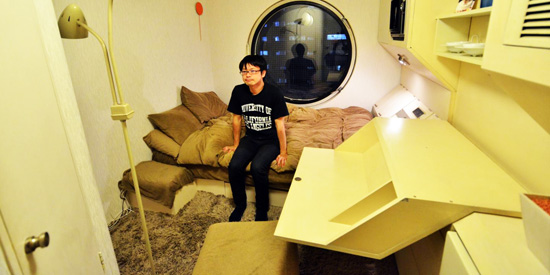
By Johnathan Glancey | Newsweek
Soon enough, short of some last-minute appeal on behalf of protesters, Brill Place Tower will be shooting up from a site in Somers Town, a slightly neglected district just north of St. Pancras station in central London. The 25-story building is actually a pencil-thin pair of what dRMM, its inventive young architects, call micro-towers, built on a footprint of just 3,767 square feet. It was granted planning permission this summer, as part of a £1 billion ($1.22 billion) regeneration plan backed by Sadiq Khan, London’s populist new mayor.









